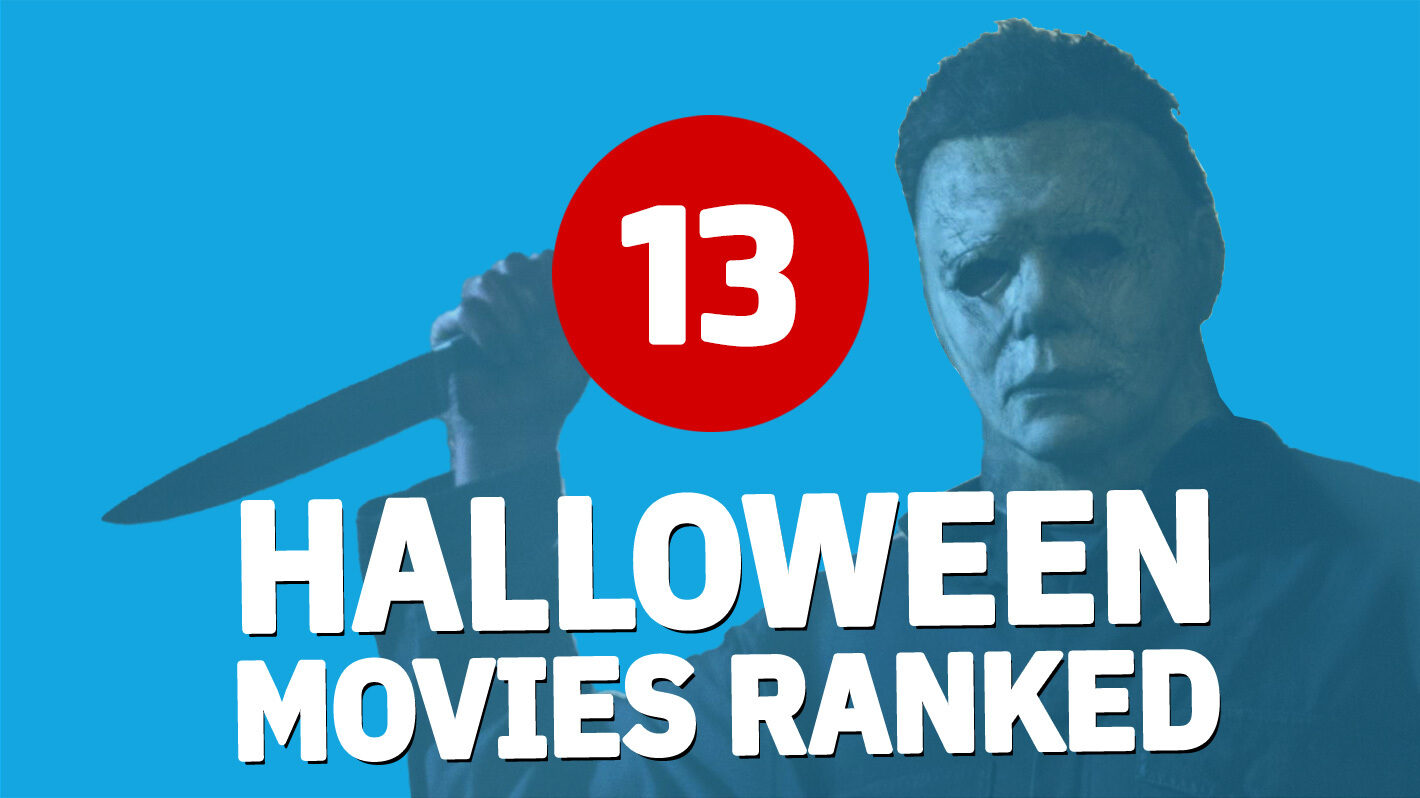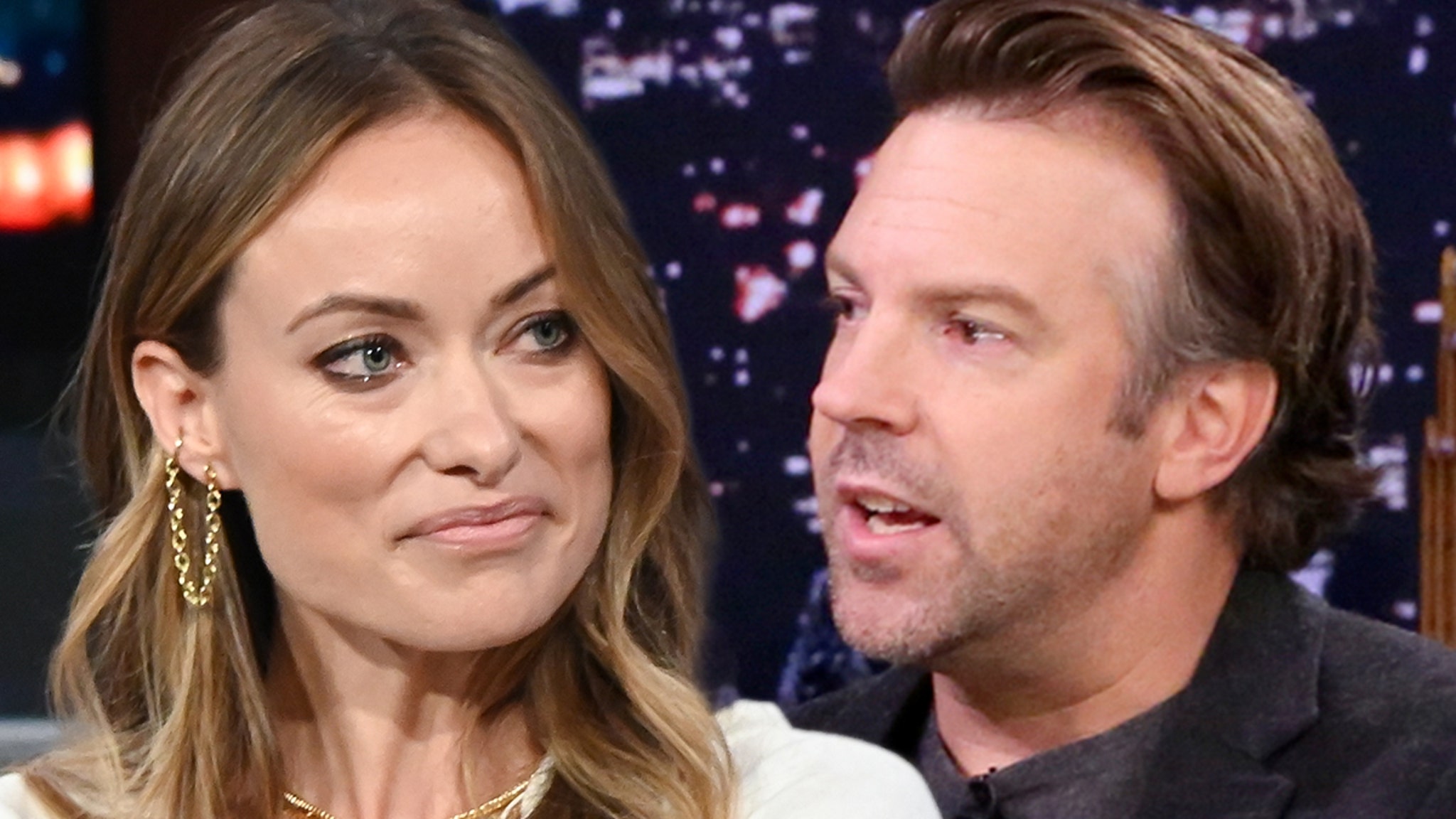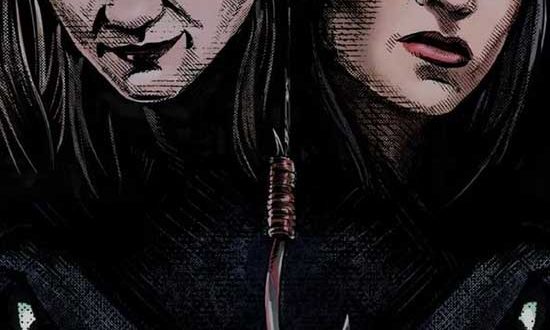Dwayne Johnson has been connected to the Black Adam character for at least 15 years. Before he was a worldwide star, before he was a multimedia mogul with his own brands of tequila and energy drinks, before he owned an entire football league, Johnson was set to appear as the villain in an assortment of Shazam! projects. Directors and writers and even Shazams came and went. But Johnson was permanently linked with the film as its Black Adam.
As Shazam! floundered, Johnson’s brand continued to grow and grow, until he was the highest-paid actor in the world. At that point, the notion of utilizing Johnson as the antagonist in another hero’s story began to feel unworthy of his talents (or at least his salary). Thus, Black Adam was spun out of Shazam!, which finally came out in 2019, and into his own standalone movie. When Johnson’s version of the character reawakens after centuries of hibernation in a mystical tomb, it feels like an acknowledgement of all the years this project spent waiting to burst free from development hell.
Alas, 15 years of work produced a pretty middling movie, one that does not seem to reflect what must have been hundreds of hours of writing and countless screenplay drafts. Instead, Black Adam plays like a committee-made product designed to zhoosh up the stagnant DC Extended Universe with a massive star and a batch of new heroes to spin off into future movies. After two hours of dour table setting, you’re left with a clear direction for DC’s cinematic future — and a lot less interest in actually watching it.
Johnson’s Black Adam is drawn largely from DC comics of the early 2000s, which recast the frequent Shazam nemesis as a persecuted antihero from the fictional Middle Eastern country of Kahndaq. Raised (and granted magical powers) centuries ago, he swore revenge on his homeland’s conquerers after they enslaved his people (and murdered his family). After a prologue that lays much of that narrative groundwork, Black Adam commences in the Kahndaq of present day, which is ruled by a vaguely defined criminal organization named Intergang. (For much of the movie, the group has no leader, no apparent goals, and no purpose beyond giving Dwayne Johnson a lot of faceless goons to dispatch with his numerous powers.)
The oppressed people of modern Kahndaq need a hero, and a rebellious professor and freedom fighter (Sarah Shahi) gives them one when she rouses Black Adam from ages in suspended animation. Mr. Adam (Teth-Adam to his friends) is not particularly interested in the fine points of Kahndaqi politics, but he’s still plenty pissed off about the death of his loved ones and a couple thousand years of imprisonment. So he gladly helps the professor out by beating up a lot of Intergang baddies.
Initially, these sequences are visually impressive; Black Adam might knock one into the air with an uppercut then use his flight and super-speed to swoop up and slam them right back down, like the superhero equivalent of a self-alley-oop. But these tricks quickly get tiresome and repetitive, since Intergang presents no threat to Black Adam whatsoever, and there are basically no stakes in his endless fights with these worthless jobber henchmen.
All the chaos draws the heroes of the Justice Society to Kahndaq to demand Black Adam’s surrender. Long a fixture of DC Comics (where they technically predate the Justice League) Black Adam’s version of the Justice Society includes Aldis Hodge’s Hawkman, who can fly with a suit of armor and wings made out of a fancy metal, Noah Centineo’s Atom Smasher, who is basically DC’s version of Giant-Man, Quintessa Swindell’s Cyclone, who can manipulate air currents, and Pierce Brosnan’s Doctor Fate, a sorcerer with a hazy backstory that supposedly dates back a hundred years or more. The show up in Kahndaq in Hawkman’s fancy plane and repeatedly lecture Black Adam about his brutal tactics and how they undermine true “justice,” which is sort of a weird thing for an extralegal group of vigilantes to demand of an ancient being who can zap people with magic lightning.
This flimsy debate about the morality of violent retribution is very much of a piece with the rest of Black Adam, which barely acknowledges the implications of its setting in an occupied North African country and generally takes very little interest in its premise beyond its utility as a platform for Dwayne Johnson to look, talk, and act like a badass. On that front, at least, the movie delivers, although it continues to baffle me that Johnson, one of the most charismatic and charming actors of his generation, continues to select such stern, one-dimensional roles. Apart from a few grim one-liners, The Rock cedes responsibility for Black Adam’s quips to Pierce Brosnan, who appears to be having a very good time wryly commenting on the action — and only rarely donning his CGI superhero costume — as the wise and cautious Doctor Fate.
With his epic physique and intense glare, Johnson certainly looks like a superhero. But these days most movie stars get into ridiculous physical shape for these sorts of parts. Big muscles don‘t make you special onscreen anymore. And in general, Black Adam is a very familiar (if slightly more graphic) superhero movie — at least through its first and second acts. Then, after more than an hour without a clear villain, a Big Bad finally appears to menace the Justice Society, and the character looks so ridiculous and the effects are so crummy, that he finally sinks the whole enterprise.
There could still be some cinematic potential in Black Adam, perhaps in contrasting his grim demeanor with the eternally sunny Shazam in some kind of crossover sequel. But this Black Adam was already a long time coming. And it wasn’t really worth the wait.
RATING: 4/10
Every DC Comics Movie, Ranked From Worst to Best
From Superman and the Mole Men to The Suicide Squad, we ranked every movie based on DC comics.



























































![Mason Ramsey – Twang [Official Music Video] Mason Ramsey – Twang [Official Music Video]](https://i.ytimg.com/vi/xwe8F_AhLY0/maxresdefault.jpg)


















